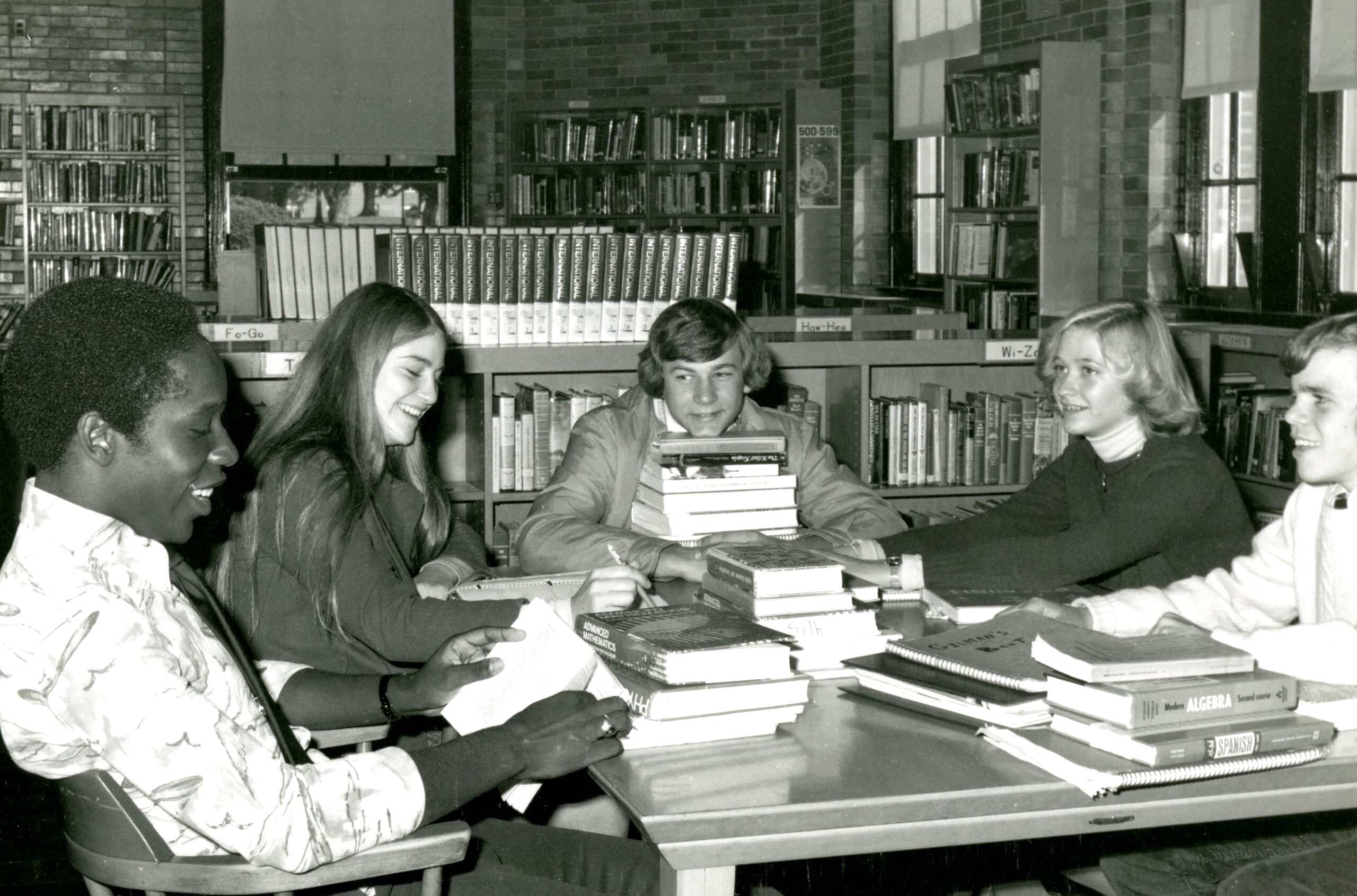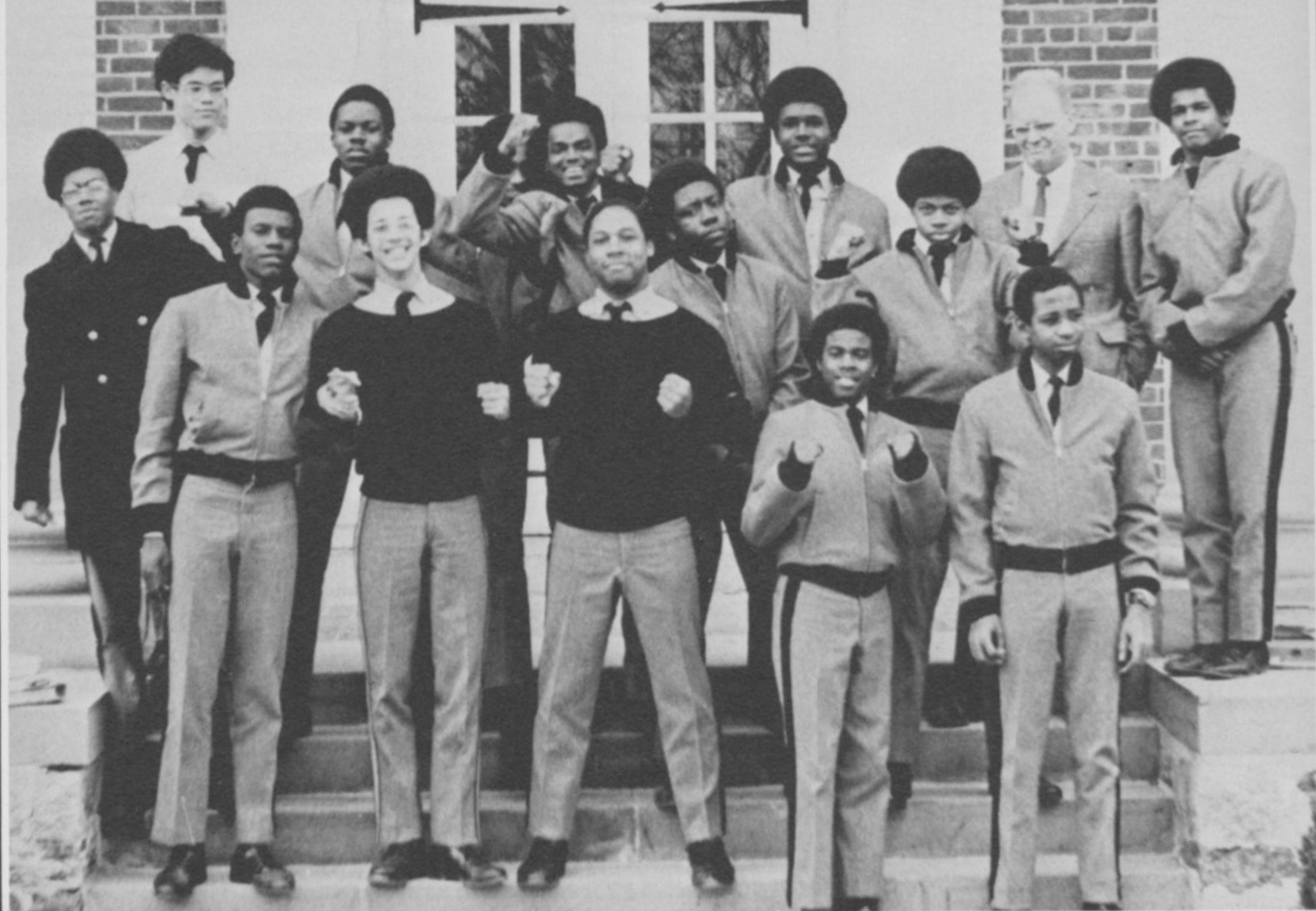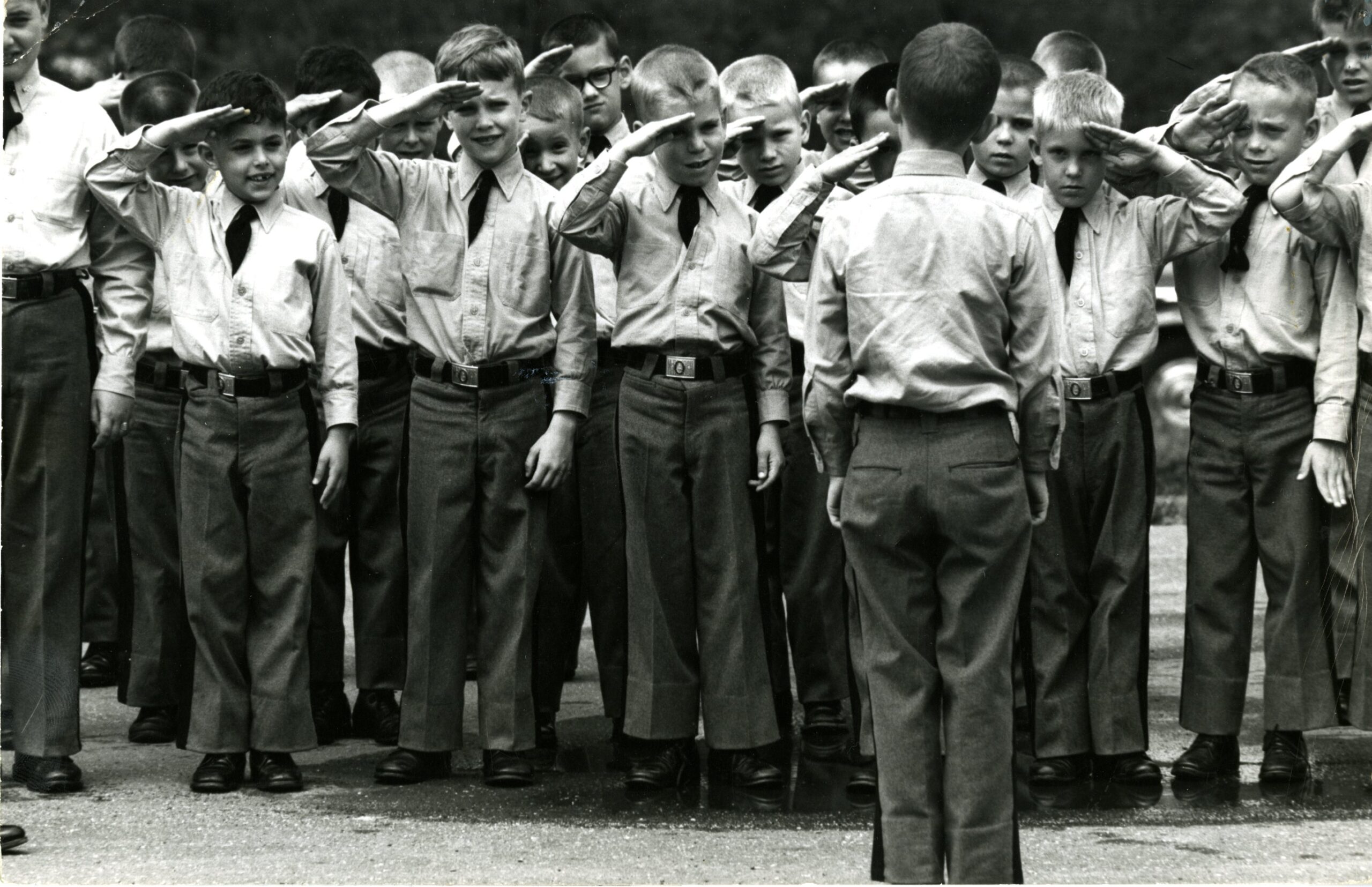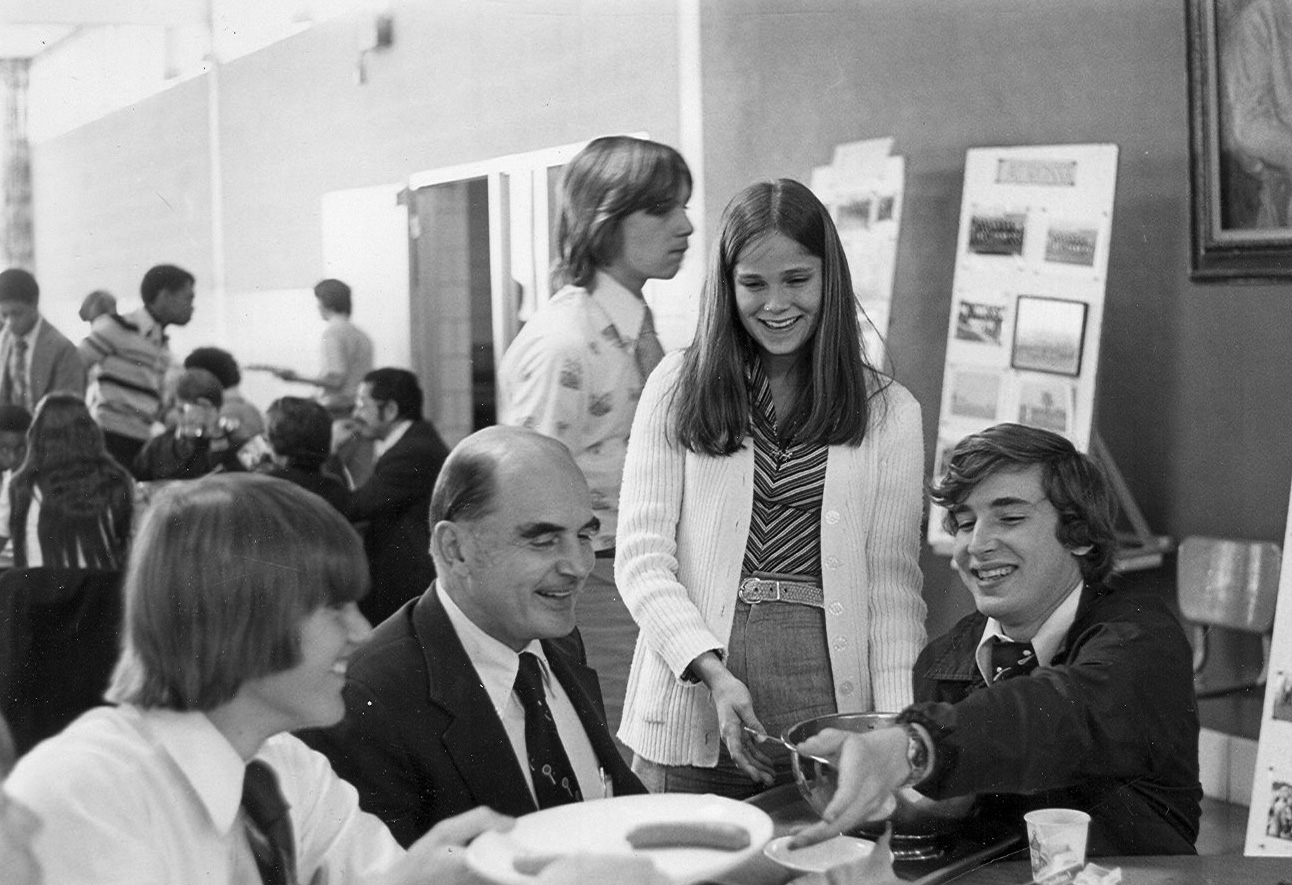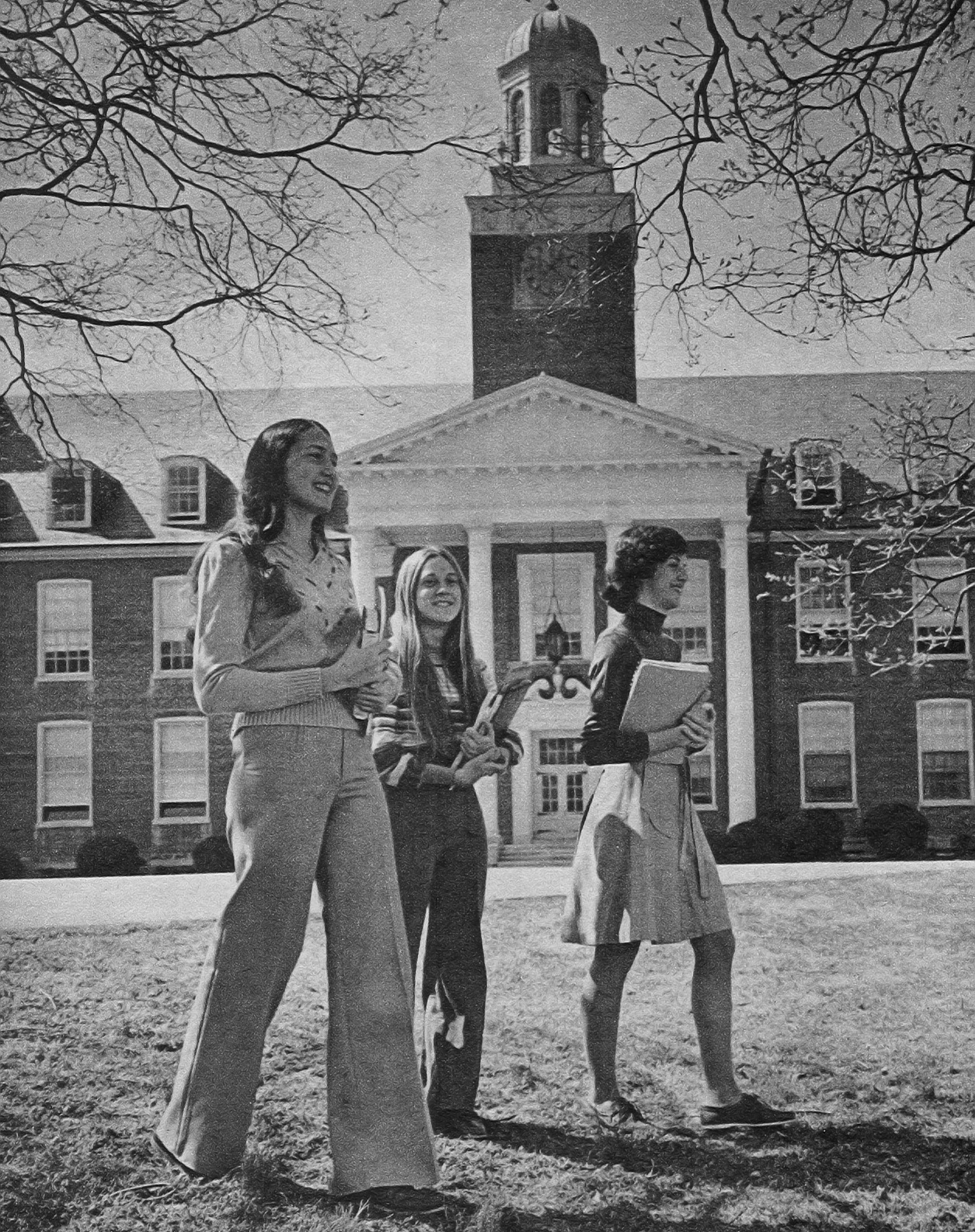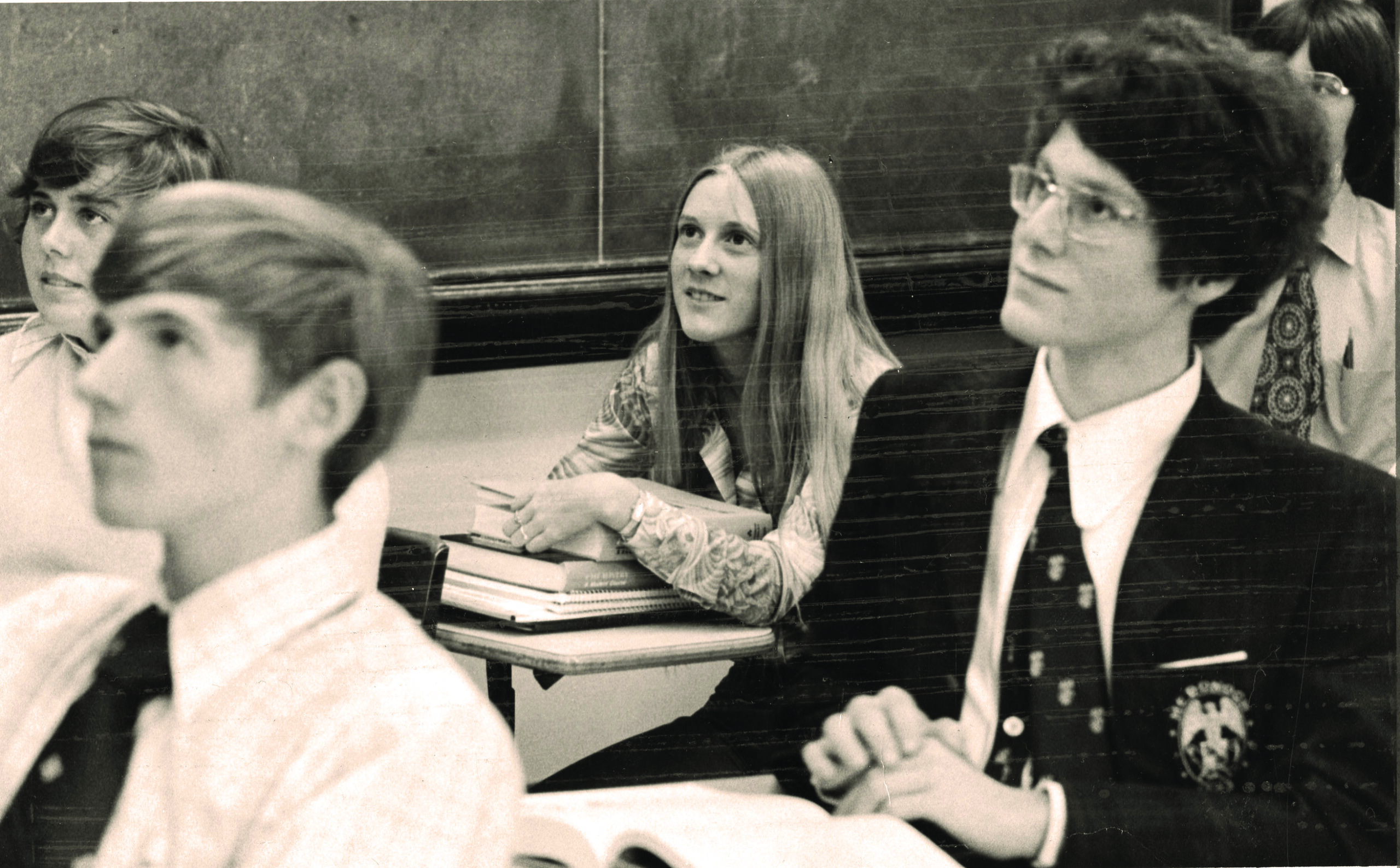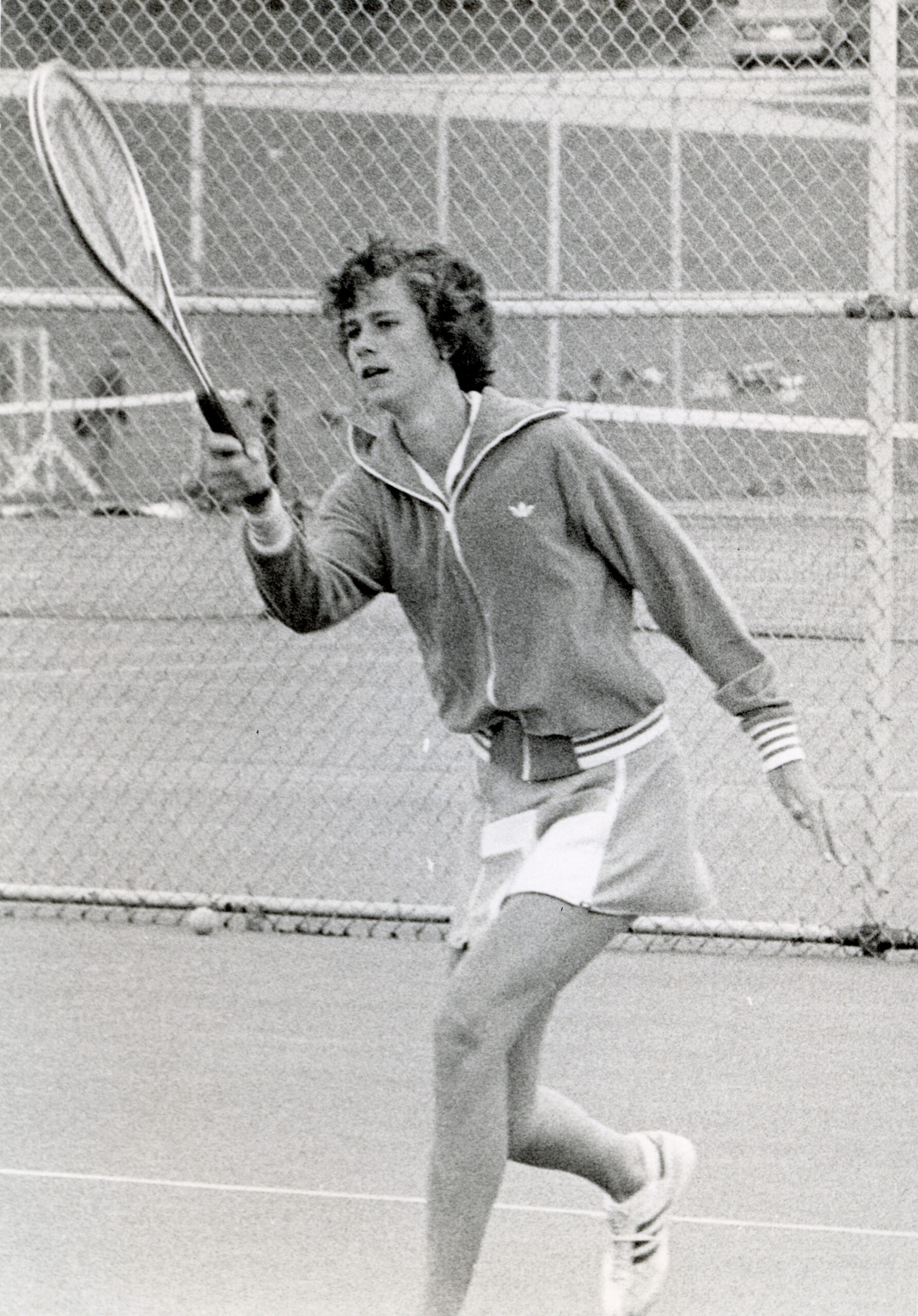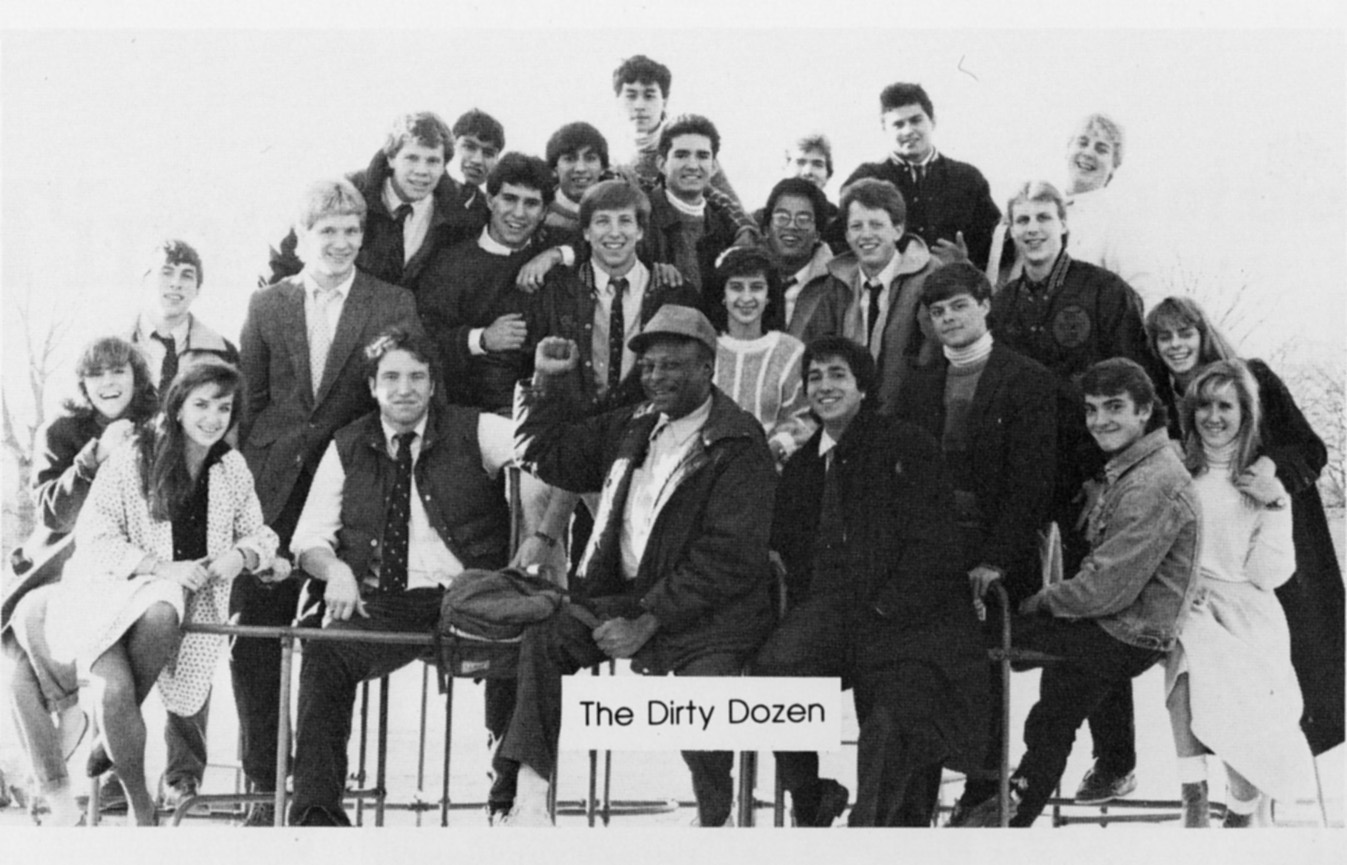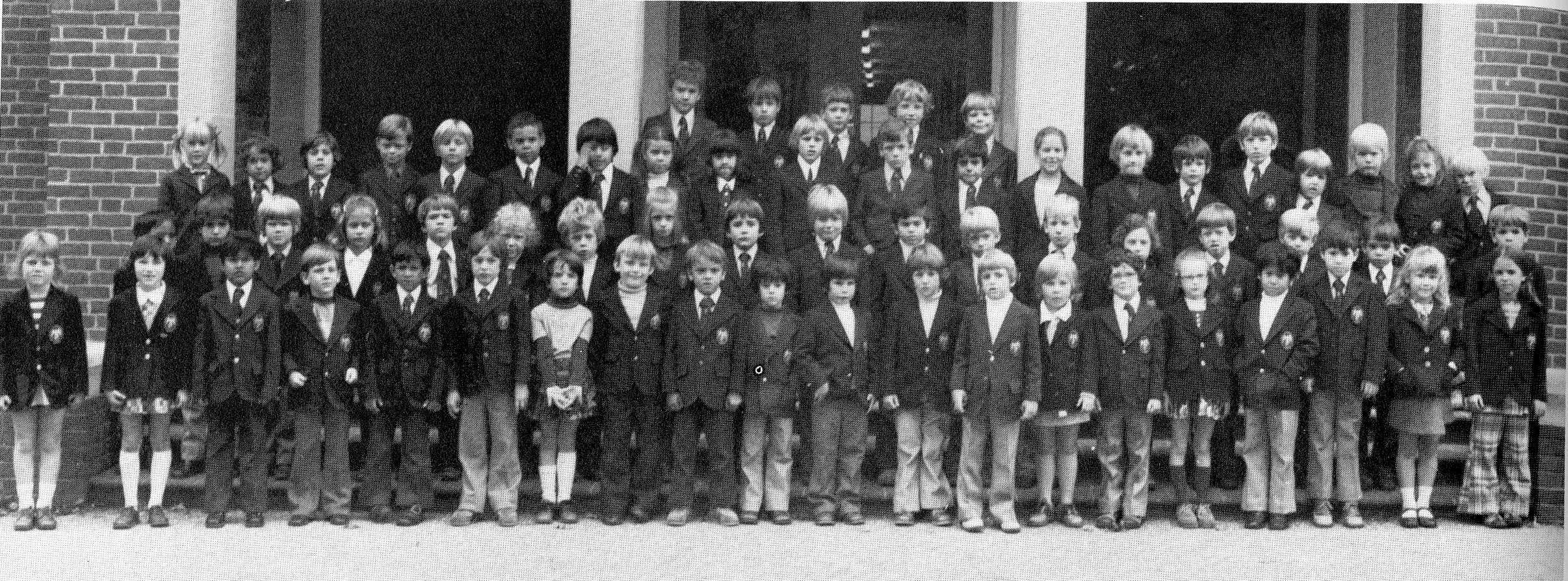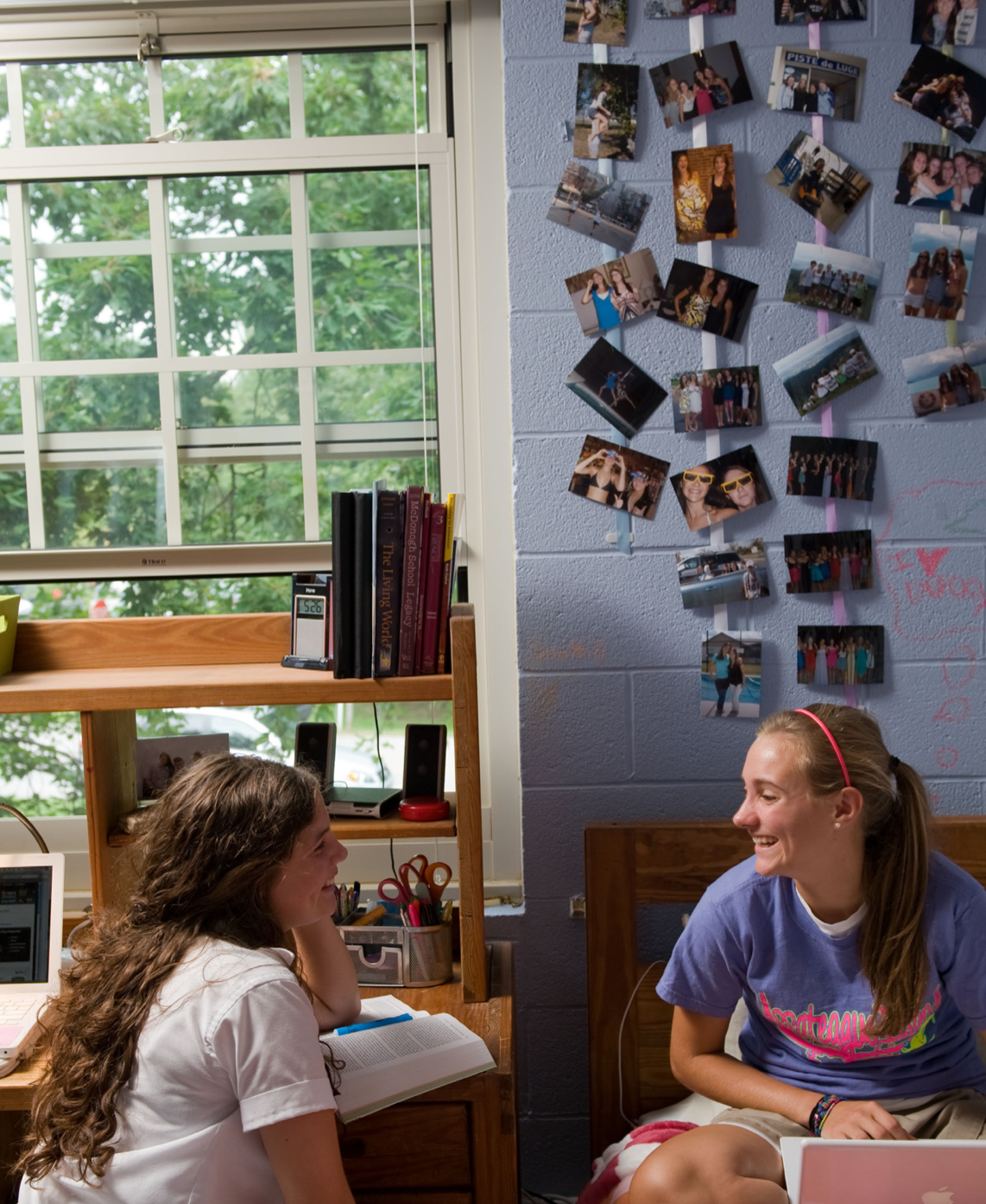Breaking a 102-year-old tradition, McDonogh became coed on September 9, 1975. On that day, 138 girls (including eight seniors and five first graders) joined the 768 boys on McDonogh’s campus, exceeding the Board’s goal of 90 females. The decision to transition to coeducation was not made impulsively. Years earlier, a special committee of faculty, staff, and trustees studied the desirability of coeducation. They thoughtfully addressed a number of broad questions from the legal implications to the adjustments (both staffing and facilities) that would have to be made to accommodate girls on campus. Serious consideration was also given to the costs and the benefits.
In announcing the decision, School President Lud Michaux ‘40 and Chairman of the Board of Trustees Dr. Al Dudley ’40 stated, “Coeducation will bring a new social dimension—an enrichment—to our campus. Because most colleges and universities are now coed, we feel that we, at the college preparatory level, must also address ourselves to the social environment which our students will face in the future.”
The arrival of girls created little fuss. Aside from news reporters on campus, the first day was rather ordinary. The Baltimore Sun reported, “There’s something new under some of those navy blue McDonogh School blazers this fall: skirts.”
In preparation for the addition of girls, changes were made to the physical plant. Unused dormitory space was converted to instructional space, new locker rooms, and restrooms were built, and $1,000 was spent for library materials that appealed to girls. While the primary goals of McDonogh’s academic program remained largely unchanged, the School integrated coeducation into as many extracurricular activities as possible. Elections were held at the beginning of the academic year to ensure a representative number of female students served in the student government, and recognizing the shift in the school environment, the School hired staff to specifically address the needs of the incoming female students. Boarding was not available for girls until 1983, and athletic opportunities weren’t equivalent. In Upper School, girls were able to participate with boys in riding and diving, and female intramural programs were developed in field hockey, basketball, lacrosse, and tennis.
In the years immediately after McDonogh became a coed school, the Board of Trustees, faculty, and administrators continued to evaluate the decision. Was the faculty sensitive to issues such as student self-esteem? Was there gender equity in athletics? How were the male versus female test scores? The goal was—and is—to ensure that the coeducational experience continues to be of the highest quality.
